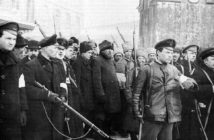Nevsky prospect-the main street of the city
The Nevsky prospect is the main thoroughfare of the city that starts from the Admiralty and ends at the Alexander Nevsky Square. It is 4,5 km long. The Nevsky prospect appeared in 1710 as two roads in boggy forest leading from the Admiralty and from the Alexander Nevsky Monastery to the Old Novgorod high road.
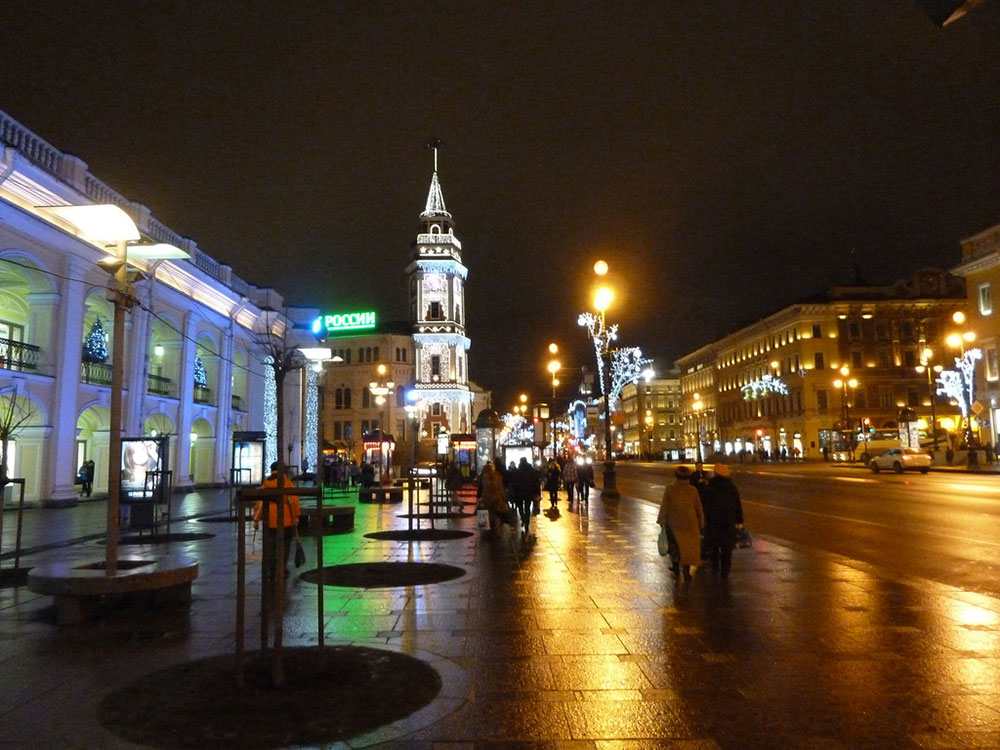
Named in honor of Alexander Nevsky
The avenue got its name in honor of Alexander Nevsky, the Prince of Novgorod, who defeated the Swedes in the 1240 on the Neva. When Peter the Great started building the capital he ordered to transfer the relics of Alexander Nevsky, who was canonized by the Russian Orthodox Church, from the city of Vladimir to St.Petersburg.
In 1710 the Alexander Nevsky Monastery was founded by Peter the Great. The oldest building is the Church of Annunciation (1712-1722), designed by Domenico Trezzini. In the Holy Trinity Cathedral, constructed by the architect Ivan Starov at the end of the 18thcentury, there is a silver reliquary that contains the relics of Alexander Nevsky, transferred to the previous church on this site in 1724.
Many of the nation’s leading cultural figures are buried in the monastic cemeteries near the main entrance. The Tikhvin Cemetery contains the tombs of the most famous Russian composers and writers: Mikhail Glinka (Composer, 1804-57), Ivan Krylov (Poet, 1768-1844), Pyotr Klodt (Sculptor, 1805-67), Pyotr Tchaikovsky (Composer, 1840-93), Fyodor Dostoevsky (Writer, 1821-81) and many others.
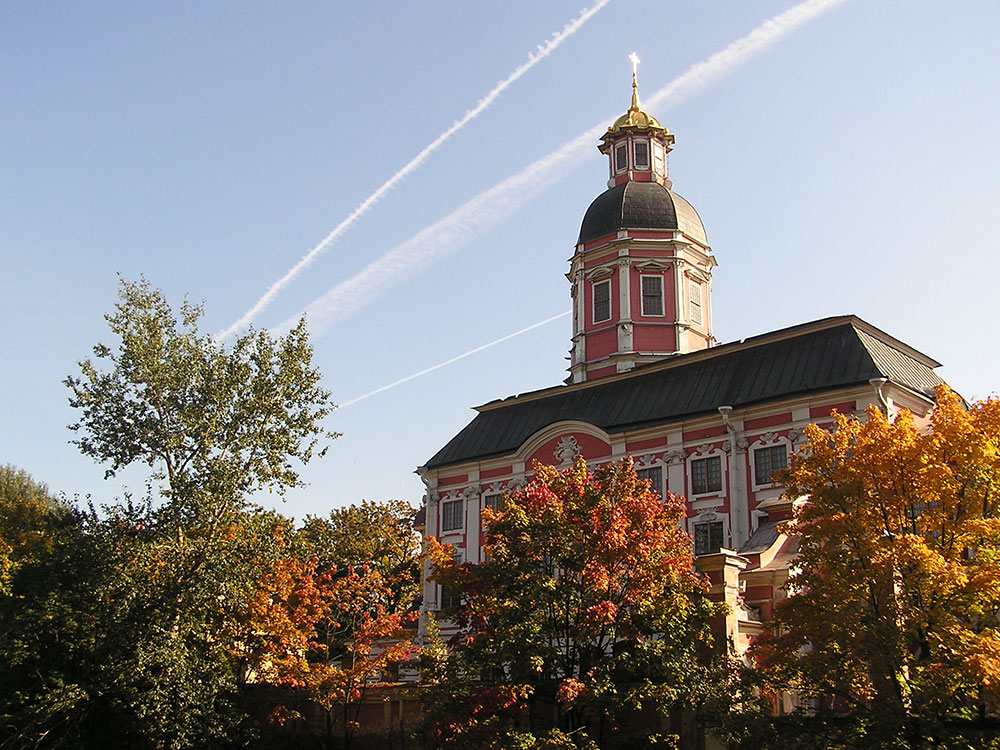
Vosstaniya Square (Uprising Square)
The name of the square commemorates the events of the February Revolution of 1917. In the centre of the square there is a granite obelisk To the Hero-City of Leningrad(A.Alimov and V.Ivanov, 1985). The square was built at the intersection of Nevsky Avenue and Ligovsky Prospect in front of the Moscow Railway Terminal, the starting point of the first Russian railway. The building of the Moscow Terminal was designed by K.Ton in 1845-1851.
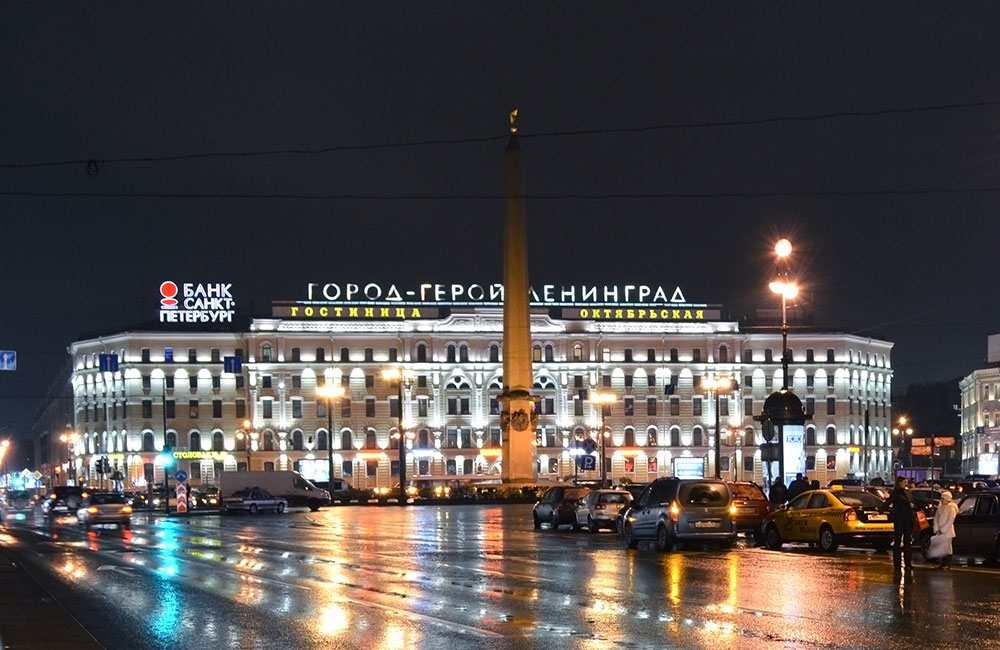
Beloselsky-Belizersky’s Palace
Beloselsky-Belizersky’s Palace was built in the mid 19th century by A.Stakenschneider. At the end of the 19th century it was owned by Alexander III’s brother, Grand Prince Sergey Alexandrovich. Now the Palace houses a business and cultural centre of the city.

The Fountain River
The Fountain River was the boundary of the city in the 18th c., it supplied water for the fountains of the Summer Garden that’s the way how the river got its name.
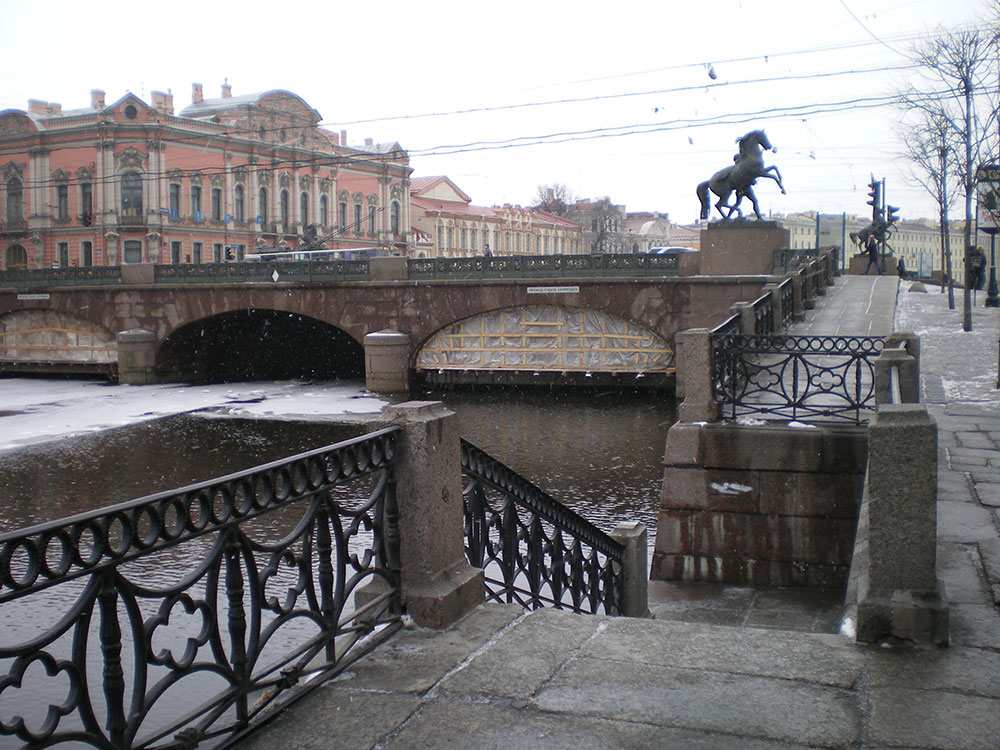
The Anichkov Bridge
The Anichkov Bridge is decorated with the four different equestrian statues, representing four stages of taming a horse. They were made by P.Klodt in the 1840-s.
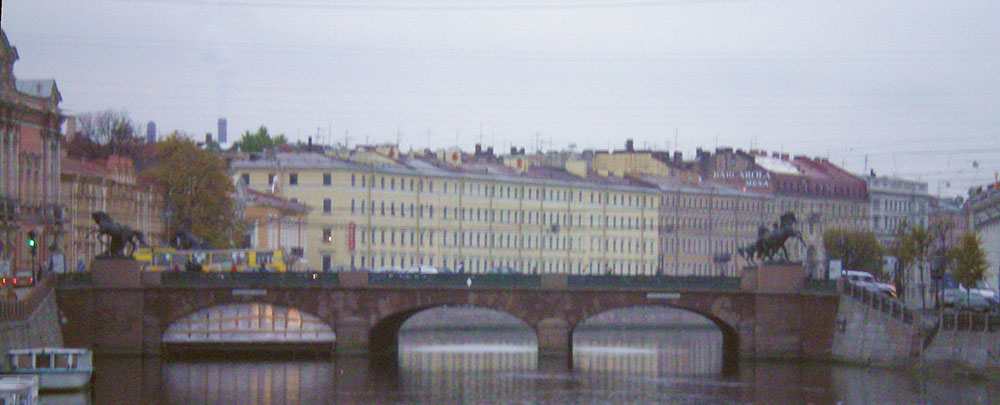
The Anichkov palace
It was built in 1740th to the order of Empress Elizabeth for one of her favourites – Count Razumovsky, and later belonged to the Romanovs.
Now it houses the Palace of Creativity for the children.
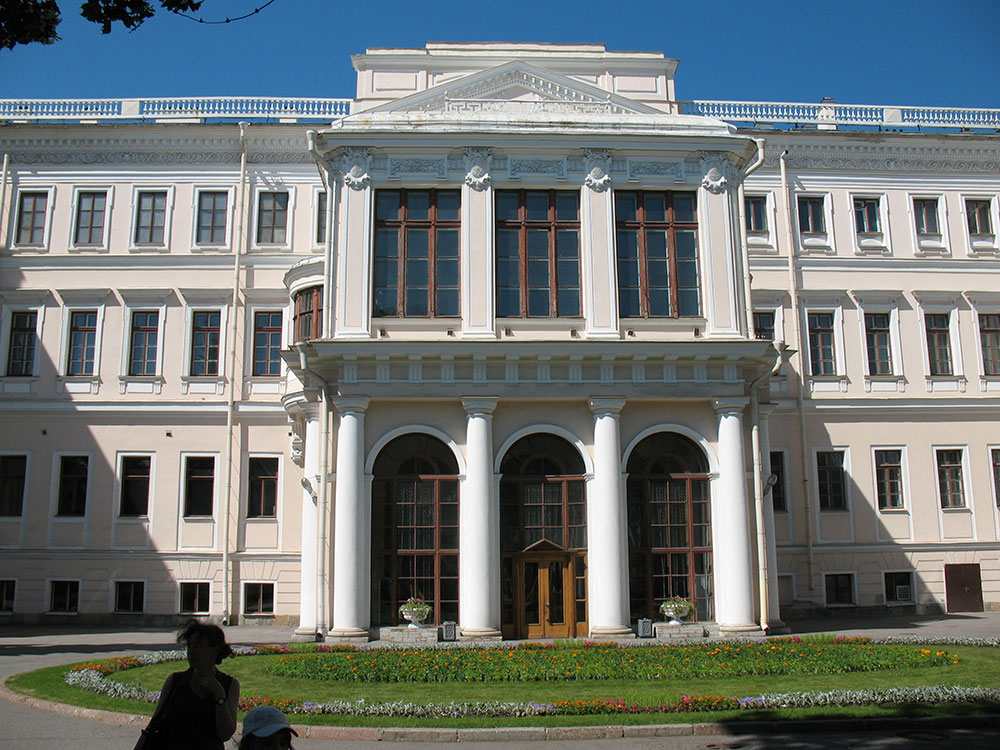
Monument to Catherine II
In the Ostrovsky Square there is a monument to Catherine II. The pedestal is decorated with the figures of Catherine’s contemporaries, who were distinguished people.
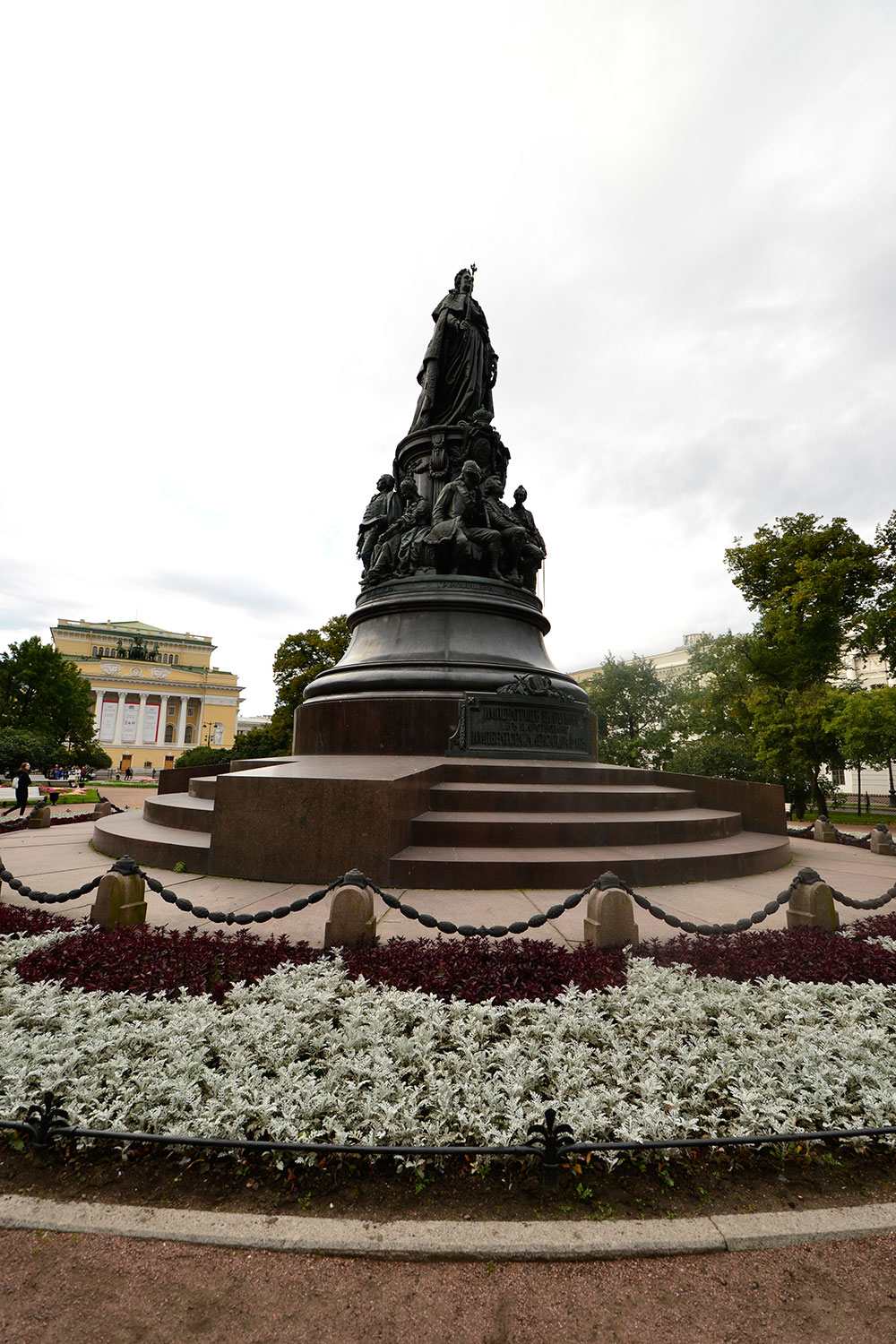
The Alexandrinsky theatre
In the background of the square there is the Alexandrinsky theatre, which is the oldest professional theatre of Russia that dates from 1756. The building was constructed to the design of C.Rossi in 1832.
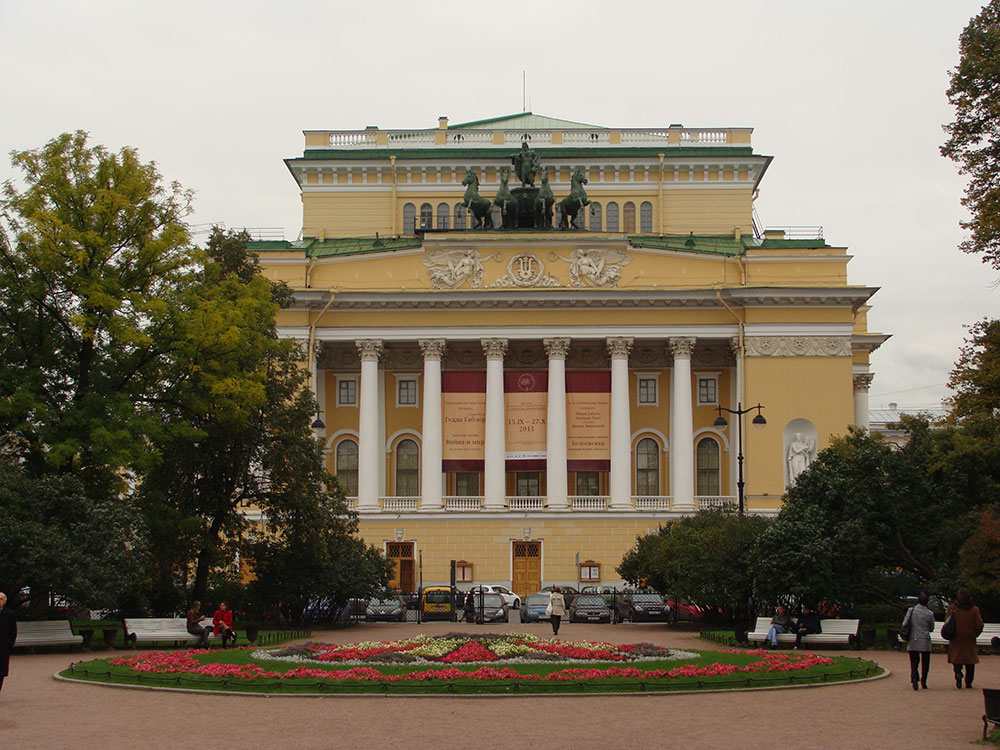
The Russian National Public Library
The Russian National Public Library are occupied three buildings joined together. The main building, which overlooks Nevsky Prospect was constructed by E.Sokolov in 1796-1801. The second one was designed by C. Rossi in 1828-1834, and the third building by YeVorotilov in 1896-1901. It is the second largest library in Russia, which holds more than 28 million items.
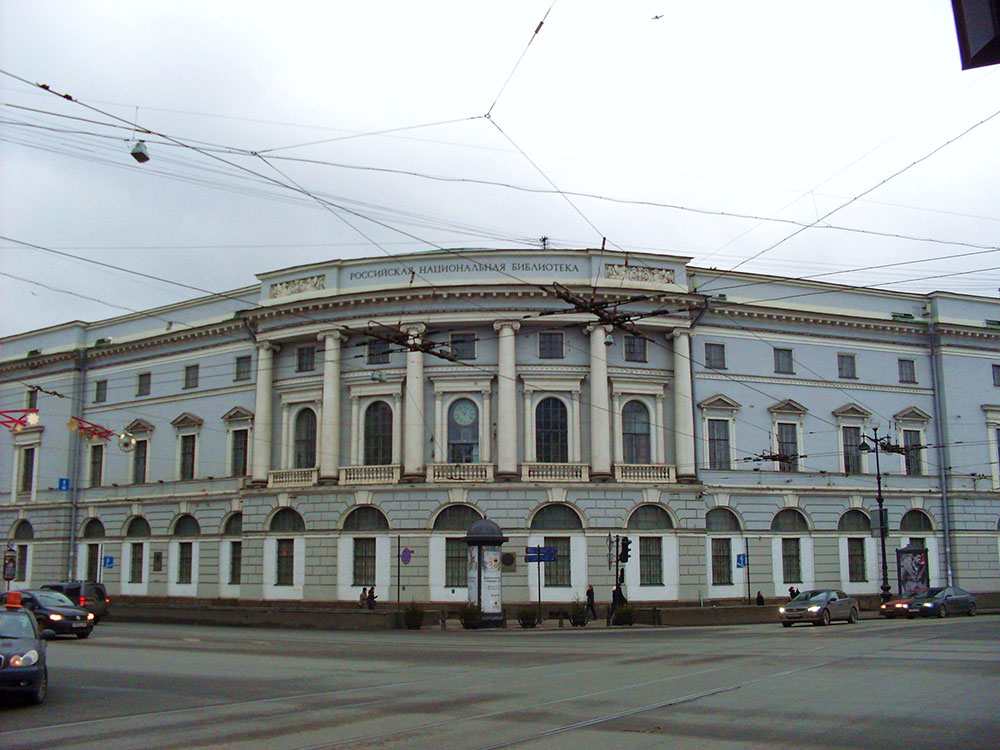
The Merchants Yard
It is one of the biggest department stores of the city and one of the oldest too. It was built by Vallin de la Mothe in 1761-85.

The Armenian Church
It was designed by Yuriy Velten in 1780 and built on the money of the wealthy Armenian businessman Ioakim Lazarev. Closed in 1930, the building has now been returned to the Armenian community.

The Grand Hotel Europe
The Grand Hotel Europe is one of the Russia’s most famous hotels. It was designed by Ludwig Fontana in 1873-1875. The building owes much of its character to alterations made in the 1910-s by the style Art-Nouveau, architect Fyodor Lidval.
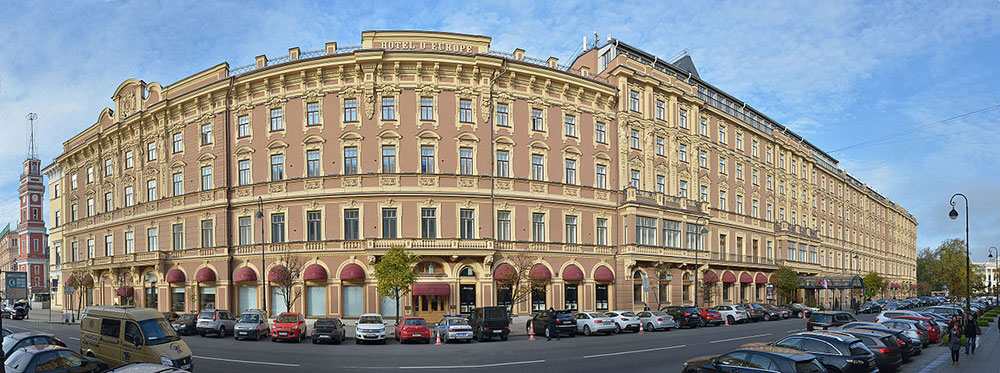
St.Catherine’s Roman Catholic Church
St.Catherine’s Roman Catholic Church was designed by Vallin de la Mothe and Antonio Rinaldi in 1762-1782. Now this church is active.
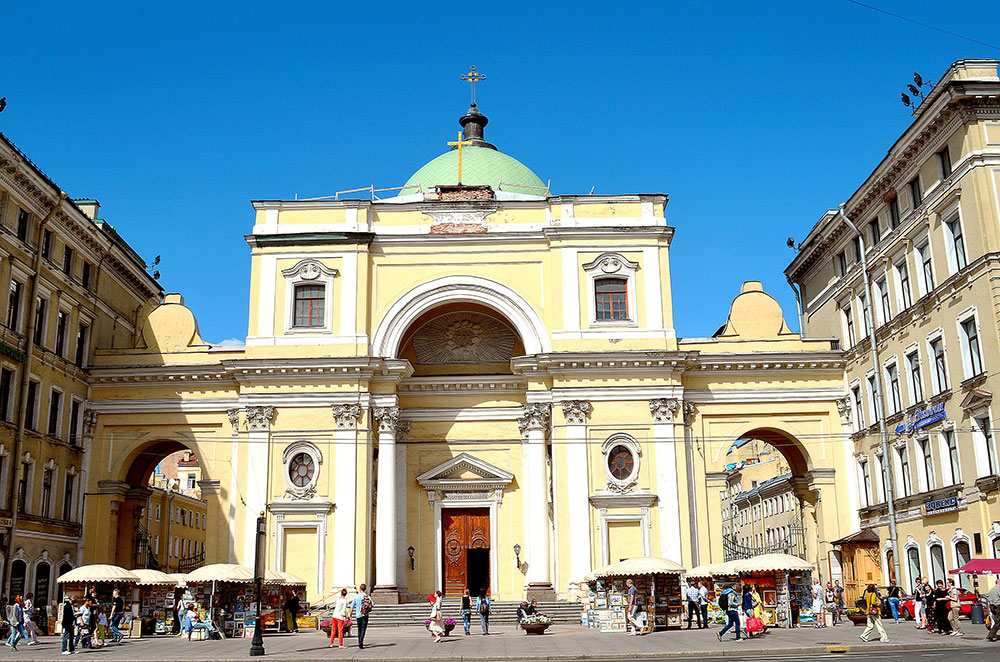
The Small Hall of the Philharmonic
The Small Hall of the Philharmonic was the city’s main concert hall in the 19thcentury. It was constructed in 1830 by P.Jacquot. It belonged to a rich patron of arts V.Engelhardt, who was a friend and admirer of the composer M.Glinka. Nowadays it is named after Glinka.
The Kazan Cathedral
The Cathedral of our lady of Kazan was built in 1801-1811 by Voronikhin. The Cathedral is named after the miracle-working icon of Kazan Mother of God, which was the family icon of the Romanovs. Now the Cathedral is the principle Russian Orthodox Church in St.Petersburg. In 1813 the field marshal Mikhail Kutuzov was buried here with full military honours.
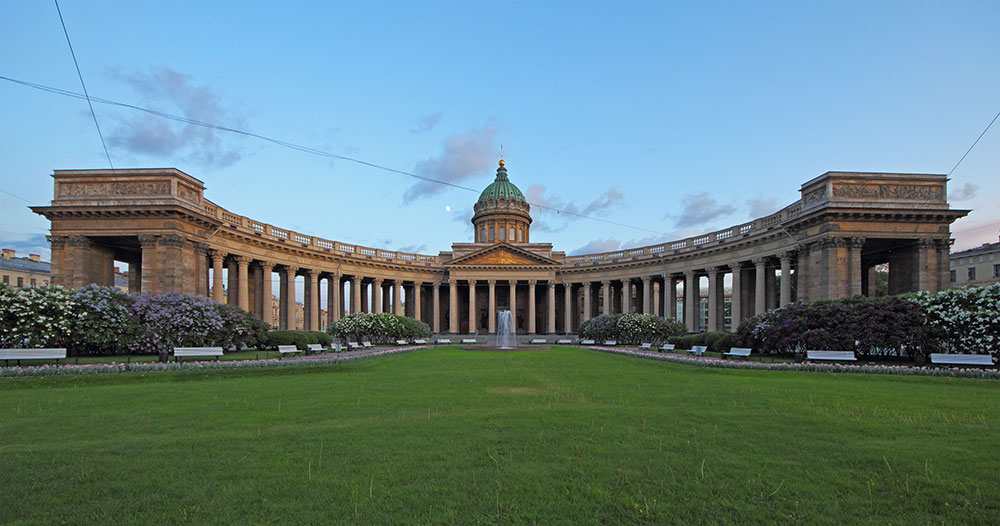
Dom knigi (Central book store)
The building was constructed for the Zinger Sewing Machine Company in the beginning of the 20th century. It was built of stone, metal, glass and was the first fireproof building in the city. It was designed by Pavel Syuzor in 1902-1904.
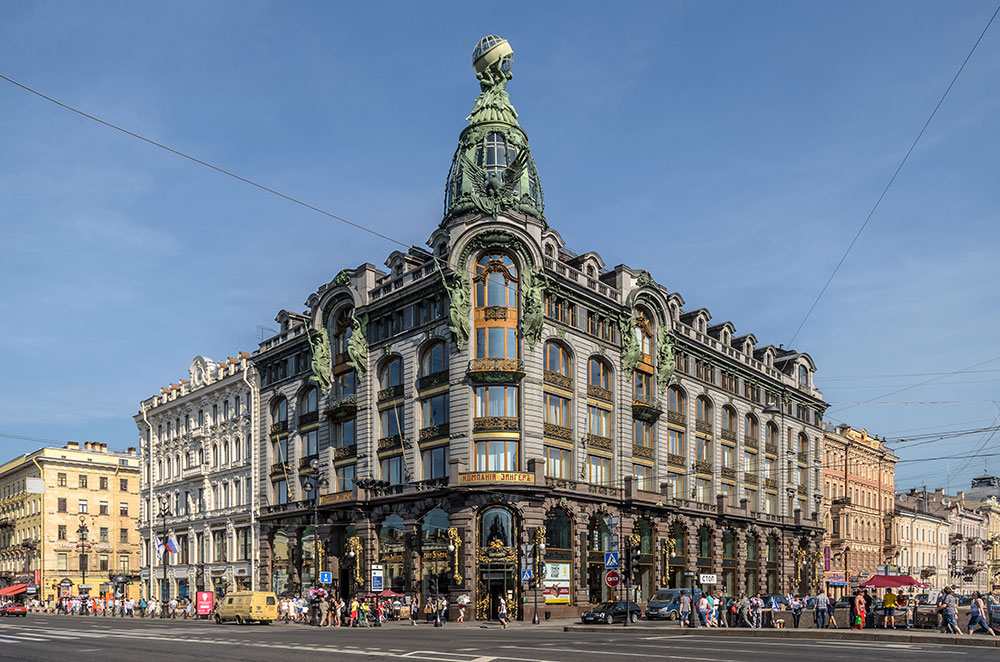
Lutheran Church
It is dedicated to St.Peter and Paul. Built in its present form during the 1830-s by A.Bryullov, the church served for St.Petersburg’s ever growing German community. Nowadays the church is active.
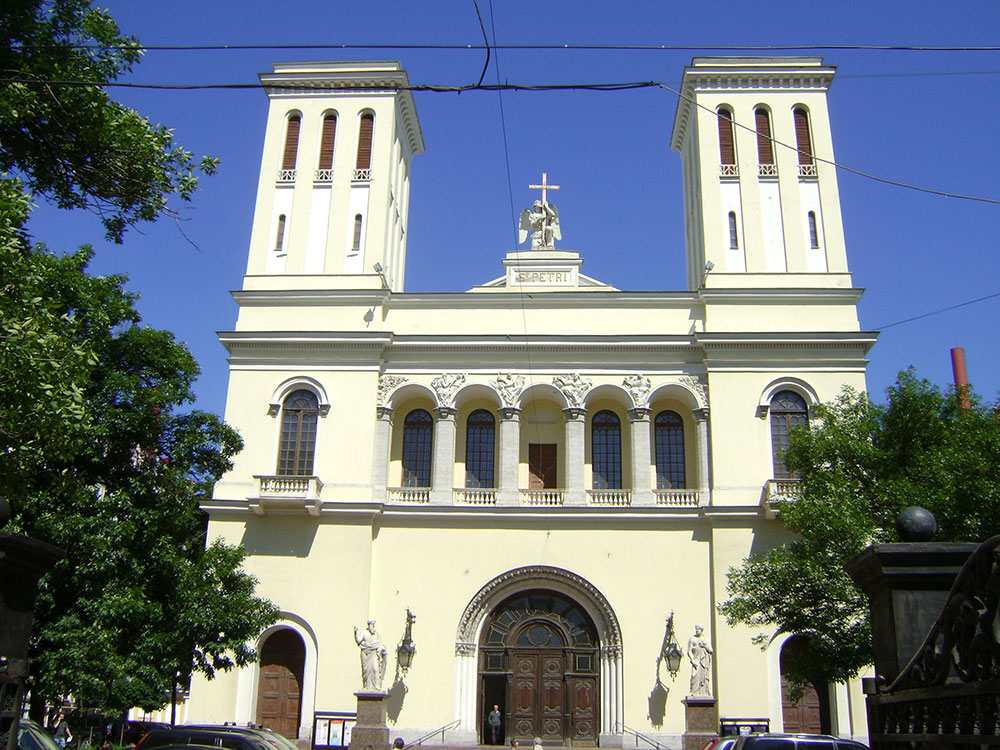
The Stroganov palace
The Stroganov palace was designed in 1752-1754 by Bartolomeo Rastrelli in the Russian Baroque style for the Count Sergey Stroganov. The vast Stroganov fortune was amassed mainly through the monopoly the family held on salt. The building now belongs to the Russian Art Museum.

Aeroflot booking office
Aeroflot booking office was designed by Marian Peretyatkovich in 1912. It reminds the Palace of Doges in Venice. Now it houses the Russian Airlines agency and a few shops.








